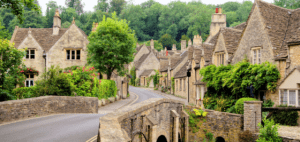Tourist Attraction: The Giant’s Causeway, County Antrim
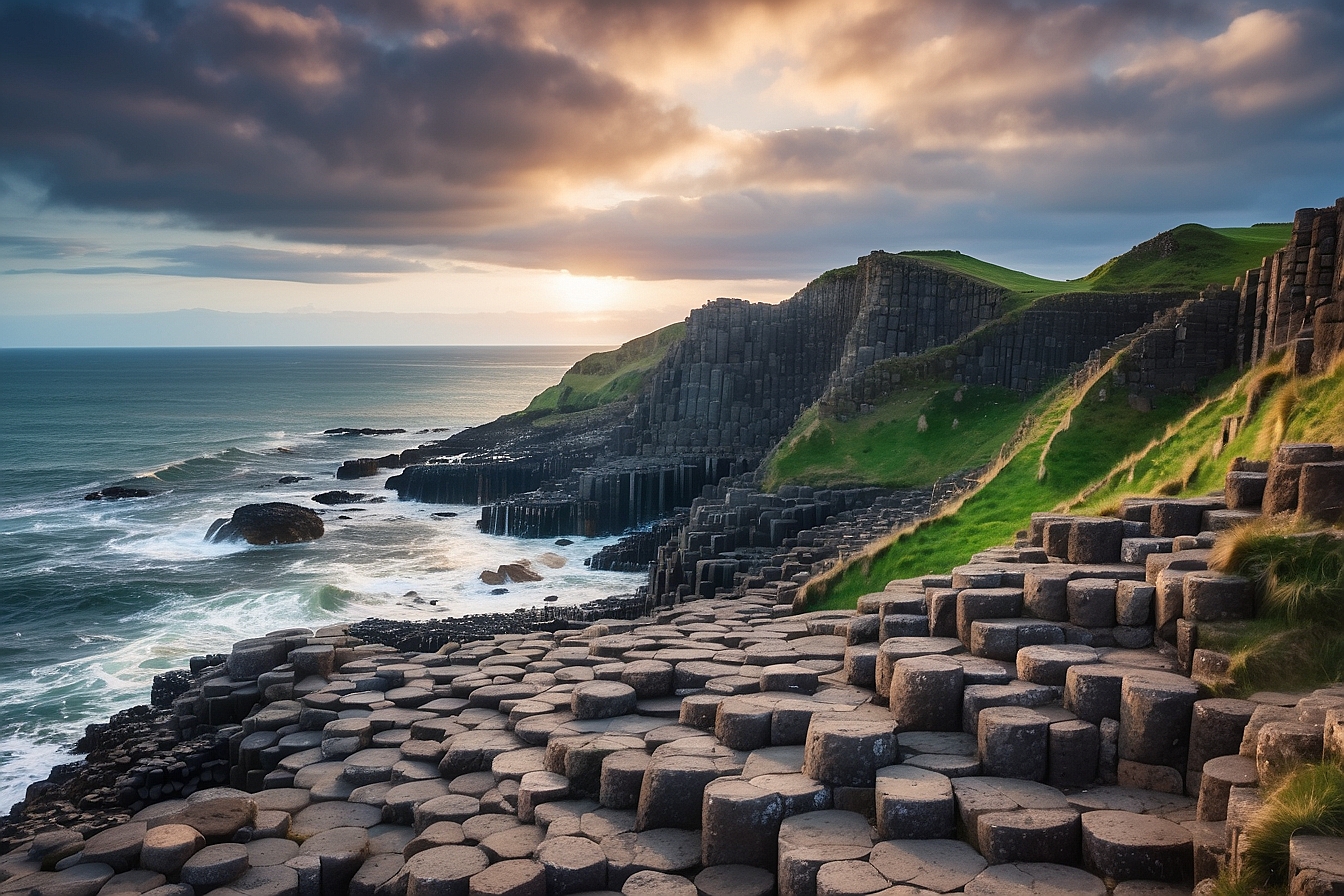
Updated On: April 13, 2024 by Shaimaa Olwan
Northern Ireland is filled with unique, different tourist spots that you can visit. One of the favourites and most popular places to visit is the Giant’s Causeway. The Giant’s Causeway is located in County Antrim on the North Coast of Northern Ireland. This place, the Giants Causeway, is the result of an ancient volcanic eruption that led to the appearance of this area of about 40,000 interlocking basalt columns that give this shape at the end and turn this place into a touristic area for visitors to come and see this wonder. The popular show Game of Thrones has also used the Giant’s Causeway for filming.
In this article, you’ll go on a ride through history and legend until you get to the modern age and all the things you can do to have fun at the Giant’s Causeway. So, let’s start from the top.
Geological Marvel
At first glance, the Giant’s Causeway appears almost otherworldly, with its striking hexagonal basalt columns rising majestically from the sea. These remarkable formations resulted from volcanic activity over 50 million years ago during the Paleogene period. Molten lava spewed from the Earth’s crust and flowed into the ancient sea, cooling rapidly and contracting as it solidified. This rapid cooling process, combined with certain minerals, led to the formation of the distinctive polygonal columns that characterize the Causeway.
Most of the columns are hexagonal, although some have as few as four or as many as eight sides. The precision with which they fit together is remarkable, leading many to marvel at the intricacy of nature’s craftsmanship. In addition to the columns, the site boasts various other geological features, including caves, arches, and cliffs, all adding to its allure and mystery.
Where did the name Giant’s Causeway come from?
According to Irish legend, the columns are the remains of a causeway built by an Irish giant. In Gaelic mythology, a much larger foe from Scotland challenged the Irish giant to a fight. He built the Giant’s Causeway across the North Channel so they could meet. Once the Irish giant realised how gigantic his foe was, he used a bit of Irish trickery. He had his wife disguise him as a baby and tuck him into a cradle where his Scottish foe could see. Once the Scottish foe saw the baby’s size, he realised how huge the father must be. The Scottish giant fled in fear, wrecking the Giant’s Causeway behind him as he fled the North Coast so the Irish giant wouldn’t chase him.
Good story, right? Lore is always fun. But really, what’s so special about this place?
Giant’s Causeway Notable and Unique Features
1- Wildlife on Causeway Coast
Causeway Coast is home to a variety of unique and peculiar wildlife. It hosts not only animals but rare breeds of plants and uncommon rock formations.
The Causeway offers a haven for seabirds such as fulmar, petrel, cormorant, shag, and more. The rock formations shelter several rare plants, including sea spleenwort and hare ‘s-foot trefoil. For more about wildlife on Causeway Coast, click here.
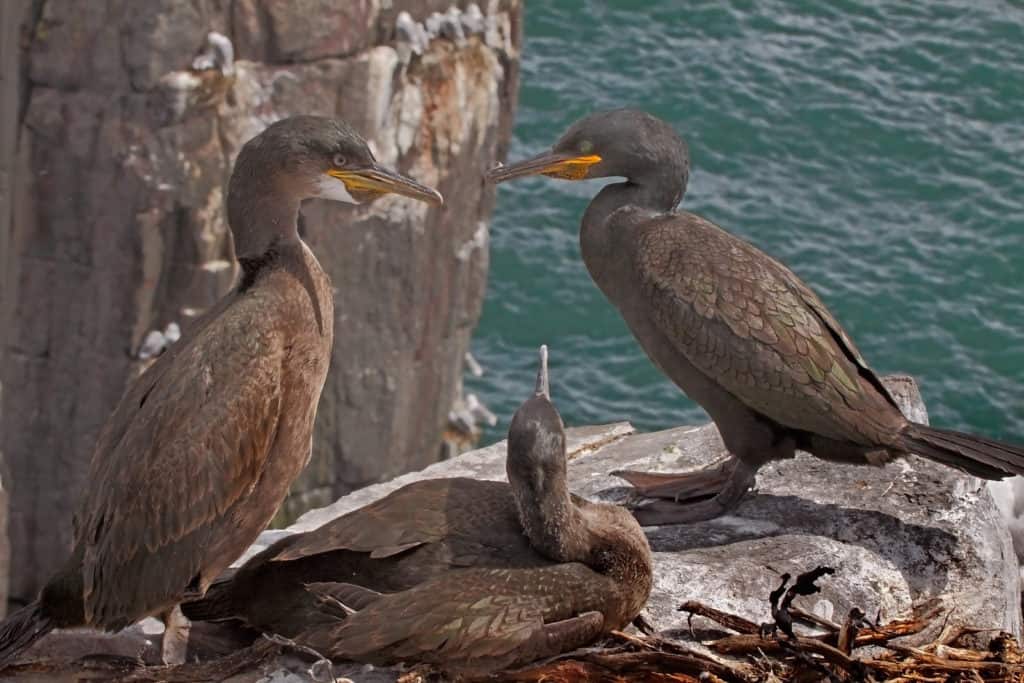
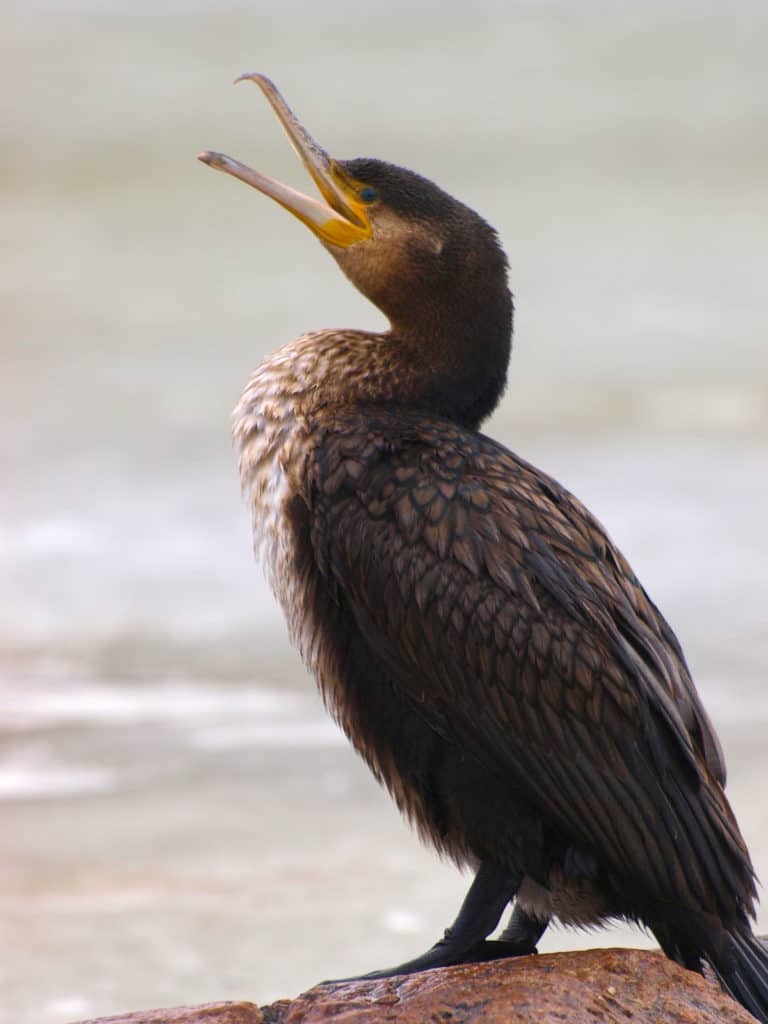
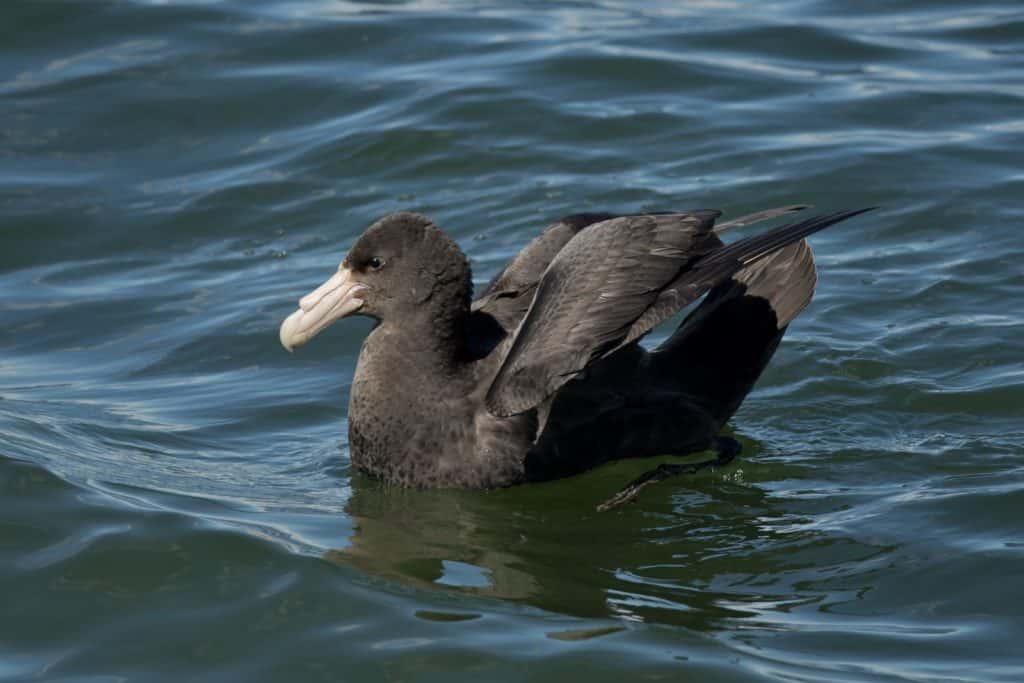
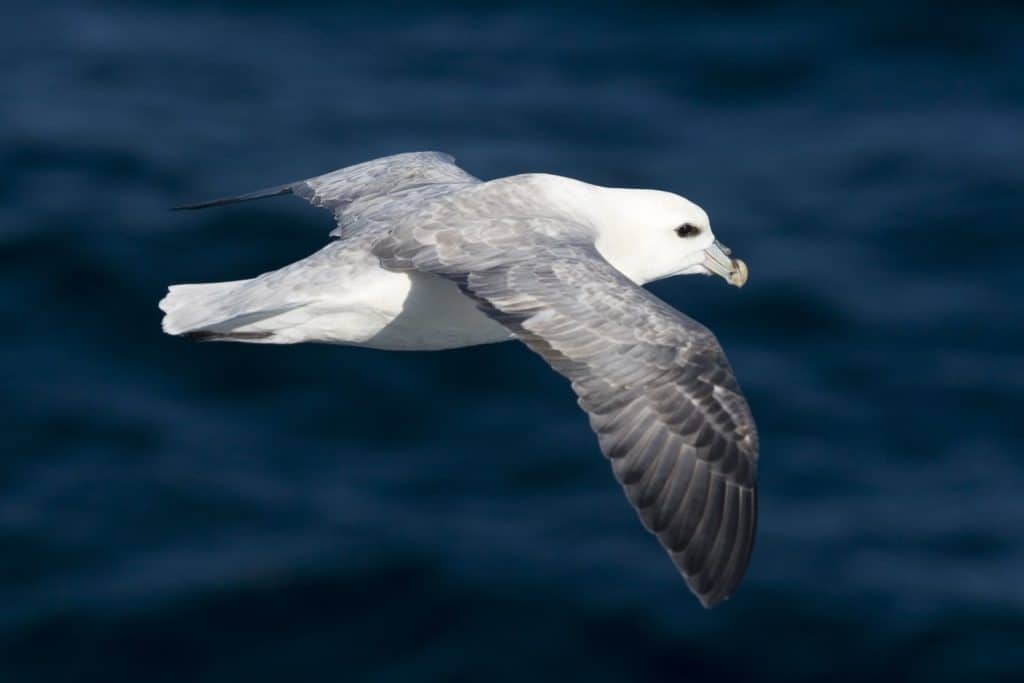
2- Special Formations or Scenery
Giant’s Boot
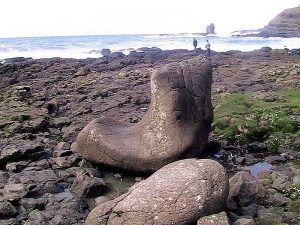
Remember the Irish giant from before. Well, that’s his boot; legend goes he lost it fleeing when he realised the size of his foe. Specialists estimate that the Boot is around size 94 !
The Grand Causeway
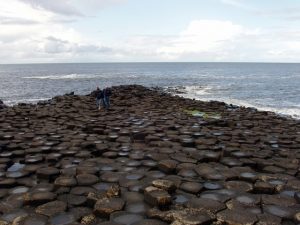
The Grand Causeway is one of the main areas where people visit The Giant’s Causeway and County Antrim. It’s a long stretch of amazing basalt formed by volcanic eruptions.
Chimney Stacks
Formed long ago in volcanic eruptions, the columns are mainly hexagonal, though some have up to eight sides. And they are a wonder to behold.
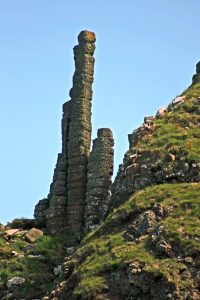
The Wishing Chair
One of the must-visits. The Wishing Chair is a naturally formed throne sitting on a perfectly arranged set of columns. Want to know how it feels to be king? Sit on the throne. Shockingly, women weren’t allowed to sit on The Wishing Chair till a recent point in history.
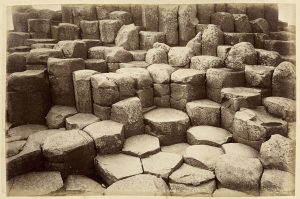
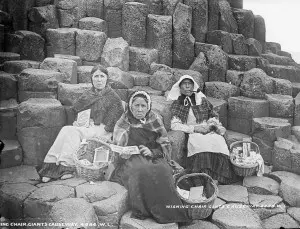
For more information, check out The Wishing Chair.
3- Visitors’ Centre
From 2000 until 2012, the Causeway was without a visitor centre as the building burned down. That was an opportunity to build a more modern and improved visitor centre. An architectural competition took place. A large number of architects submitted designs and proposals for the centre. Heneghan Peng’s proposal came in the flood of creativity, art and design. It’s an architectural practice based in Dublin. The newly constructed Visitors’ Centre became an attraction like any natural formation in the Giant’s Causeway. Its unique design and several available activities made it a must-visit.
It’s worth noting that the Giant’s Causeway Visitors’ Centre won a National Award of Excellence for ‘Best Tour Visit’ by CIE Tours International in 2007.
A Bit of History
A Bishop from Derry, the second-largest city in Northern Ireland and the fourth-largest city on the island of Ireland, initially discovered the Giant’s Causeway. He visited the site in 1692, but back then, it was hard to get a broad reach of the rest of the world. The Causeway was announced to the wider world. It was made official through the presentation of a paper to the Royal Society by Sir Richard Bulkeley, a fellow of Trinity College in Dublin, who was later awarded a fellowship in the Royal Society. The Giant’s Causeway received attention from countries worldwide when it was introduced into the world of arts by the Dublin artist Susanna Drury. She made watercolour paintings of it in 1739 and won the first award presented by the Royal Dublin Society in 1740. Volume 12 of the French Encyclopedie later included Drury’s.
Tourists began to flow to the Giant’s Causeway during the nineteenth century. After the National Trust took over its care in the 1960s and removed some commercialism, the Causeway became a well-established tourist attraction. Visitors could walk over the basalt columns right at the sea’s edge. The construction of the Causeway Tramway also spiked the tourist’s attention to the spot.
Legend and Myth
While the geological explanation for the Giant’s Causeway is fascinating, the legends and myths surrounding the site truly capture the imagination. According to Irish folklore, the Causeway was built by the giant Finn McCool, who challenged the Scottish giant Benandonner to a duel in a rage. To reach his opponent in Scotland, Finn constructed the Causeway, laying down the hexagonal stones as stepping stones across the sea.
The story goes that when Benandonner crossed the Causeway to confront Finn, he was so intimidated by the size of his adversary that he fled back to Scotland, destroying the Causeway behind him to prevent Finn from following. Some versions of the tale suggest that Finn disguised himself as a baby to outwit Benandonner, while others claim that Finn’s wife, Oonagh, devised the clever ruse. Regardless of the details, the legend of Finn McCool and the Giant’s Causeway has been passed down through generations, enchanting storytellers and listeners alike.
Scientific Inquiry
While the legend of Finn McCool provides a colourful explanation for the Giant’s Causeway, modern science offers a more grounded interpretation of its origins. Geologists believe that the Causeway was formed due to volcanic activity, with the distinctive columns being the product of successive lava flows and cooling episodes. The columns’ regularity, uniform size and shape, and alignment with the surrounding landscape all point to a natural, rather than supernatural, explanation for their existence.
In recent years, advances in geological research have shed new light on the formation of the Causeway, with scientists using techniques such as radiometric dating and geochemical analysis to unravel its mysteries. These studies have helped refine our understanding of the geological processes that shaped County Antrim’s landscape and deepened our appreciation for the natural forces at work.
Giant’s Causeway Tramway
It connects Portrush and the Giant’s Causeway on the coast of County Antrim, Northern Ireland. This pioneered invention is a 3 ft (914 mm) narrow gauge electric railway. It’s 14.9 km long and was hailed at its opening as “the first long electric tramway in the world”. Today, the Giant’s Causeway and Bushmills Railway operate diesel and steam tourist trains over part of Tramway’s former course.
Visitor Experience
For many visitors, the Giant’s Causeway is more than just a geological curiosity; it is a place of wonder and awe where the beauty of nature is on full display. The site is open to the public year-round, with a visitor centre providing information about its history, geology, and wildlife. Guided tours are available for those who wish to learn more about the Causeway’s formation and the myths surrounding it, while self-guided audio tours offer a more leisurely way to explore at your own pace.
In addition to marvelling at the columns, visitors can also take in the breathtaking views of the surrounding coastline, with its dramatic cliffs and crashing waves. For the more adventurous, hiking trails lead along the coast, offering panoramic vistas and the chance to spot seabirds and other wildlife.
Last Words
The Giant’s Causeway is a place of wonder and mystery, where geology and folklore intertwine to create a truly unique and captivating landscape. Whether you come for the geological marvels, the ancient myths, or simply the opportunity to experience the beauty of the Irish coastline, the Causeway offers something for everyone. As we continue to unlock the secrets of this remarkable site, one thing remains certain: the Giant’s Causeway will continue to inspire and enchant all who visit it, reminding us of the power and beauty of the natural world.
Have you ever been to this famous attraction in Northern Ireland? If so, we would love to hear all about your experience 🙂 If you liked this attraction, some other popular Northern Ireland attractions might interest you: Bushmills, Carrickfergus Castle, Lough Erne, Titanic Museum.






